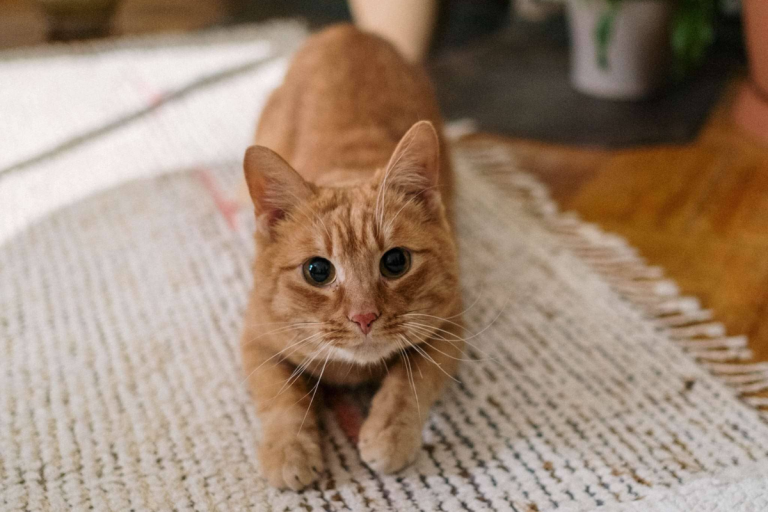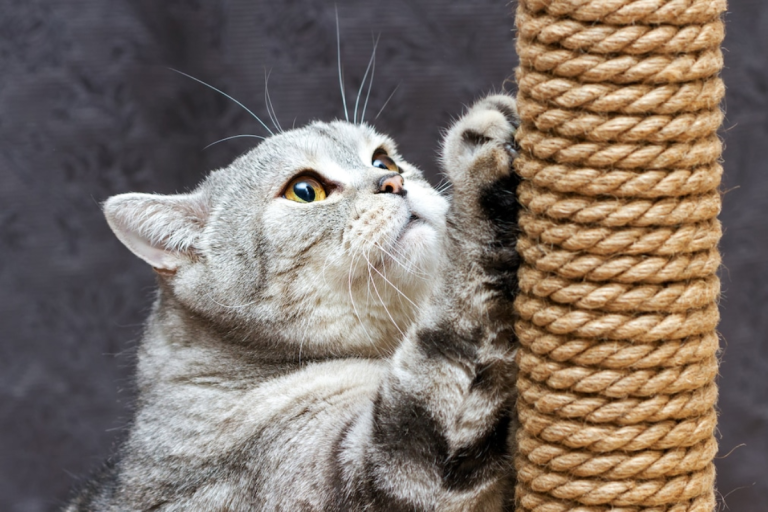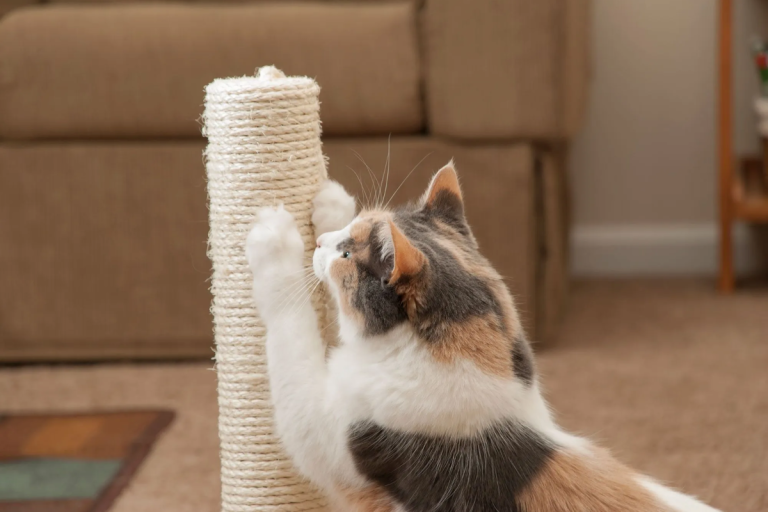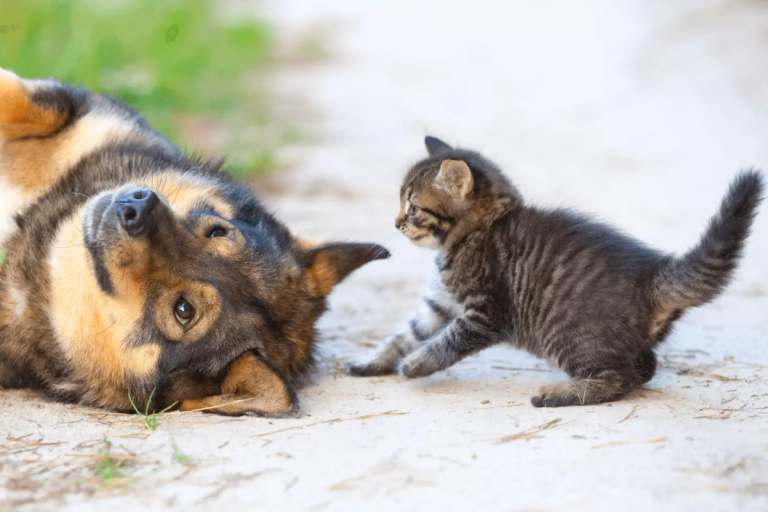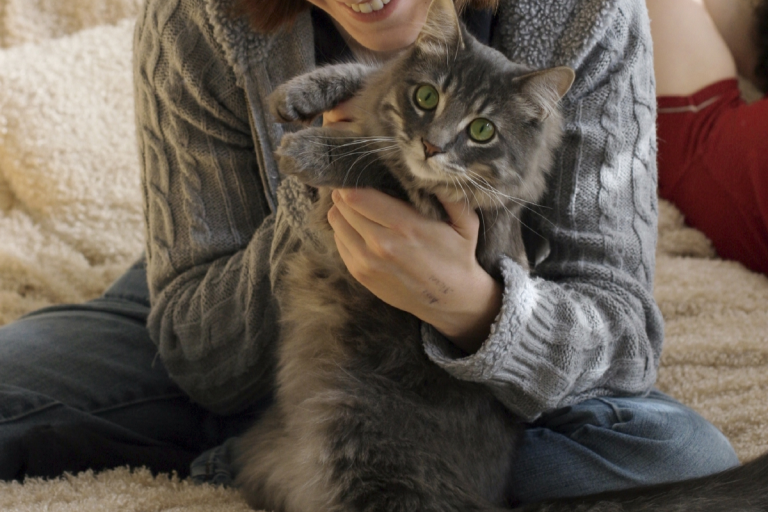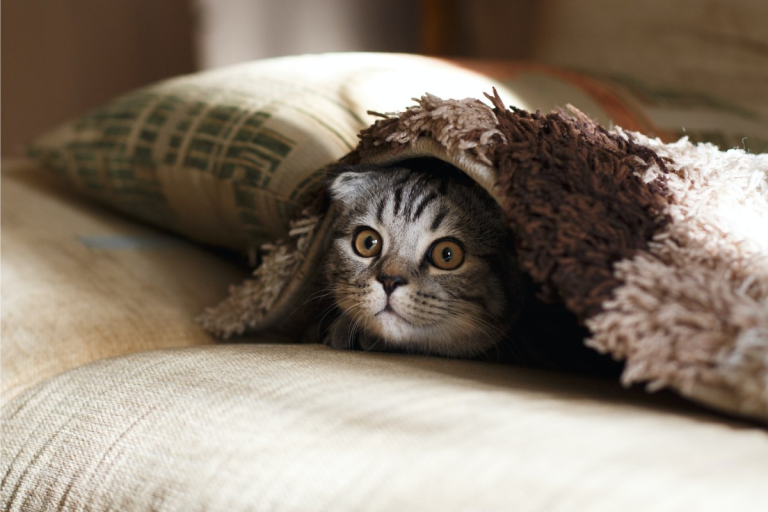Why Is My Cat Not Friendly? Common Causes of Feline Aggression
Have you ever found yourself wondering, “Why is my
Understanding why your furry friend may not be as social as you’d like can help bridge the gap between you and your feline companion.
Understanding your
Common Reasons for a Cat ’s Unfriendliness
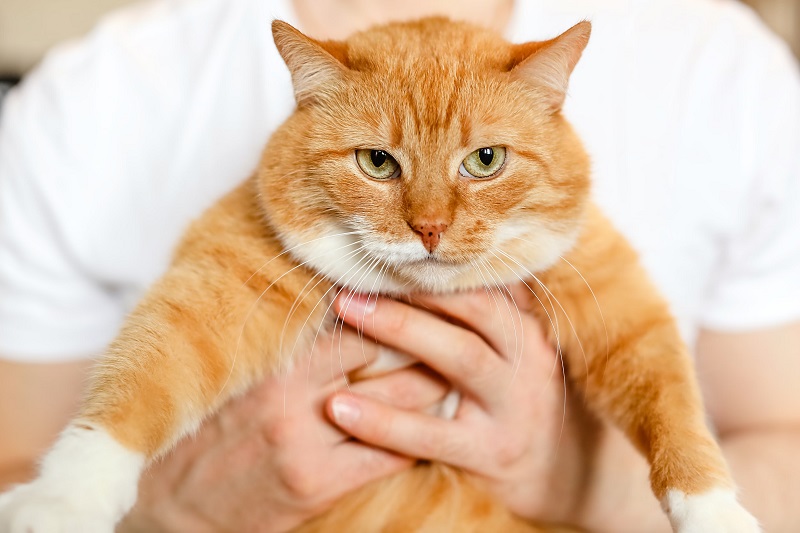
In this section, we’ll explore some of the primary reasons that could explain why your
Genetics and Breed Traits
First off, let’s talk about genetics. Just like humans, cats have unique personalities shaped by their breed and lineage. Some breeds, such as Siamese or Ragdolls, are known for their affectionate nature, while others, like the British Shorthair or Persian, may be more reserved. If your
Past Experiences and Trauma
Another significant factor is your
Environmental Factors Affecting Cat Behavior
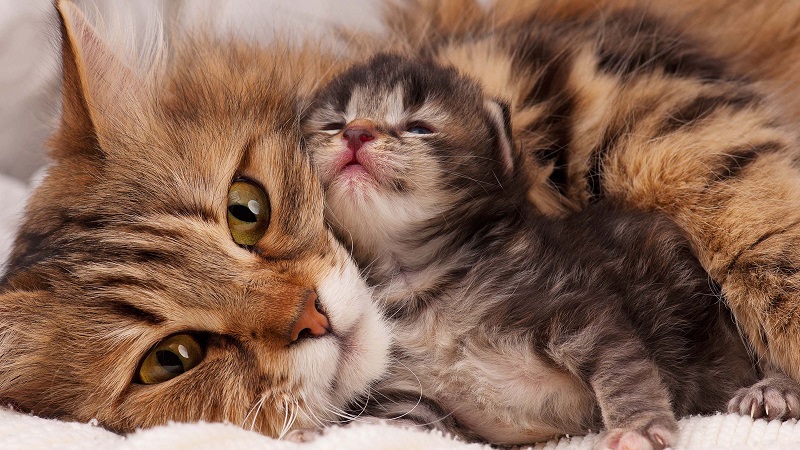
Next up, we’ll discuss how various environmental factors can impact your
Changes in the Home Environment
Cats are creatures of habit; they thrive on routine and familiarity. If you’ve recently moved, added new furniture, or even changed your daily schedule, your
The Role of Other Pets
If you have other pets at home, they could also influence your
Health Issues That May Cause Aggression or Withdrawal
Now let’s shift our focus to health-related issues that could contribute to your
Pain and Discomfort
Sometimes, a
Medical Conditions to Consider
Certain medical conditions can also affect behavior. For instance, hyperthyroidism can lead to increased irritability, while kidney disease might cause lethargy and withdrawal. If you suspect that health issues might be at play, it’s crucial to consult with a veterinarian for a thorough examination.
Improving Your Cat ’s Socialization Skills
In this section, we’ll look at practical strategies you can implement to help improve your
Tips for Building Trust
So how can you turn things around? Building trust takes time and patience but is entirely possible! Start by giving your
Engaging in interactive play with toys like feather wands can also help break the ice. This allows them to express their natural hunting instincts while bonding with you.
Creating a Safe Space
Creating a safe environment is equally important. Ensure that your home has cozy hiding spots where your
When to Seek Professional Help
Finally, we’ll discuss when it might be necessary to seek professional help regarding your
Signs That It’s Time to Consult a Vet or Behaviorist
If you’ve tried various strategies without success, it may be time to seek professional help. Signs that indicate it’s time to consult an expert include persistent aggression, extreme withdrawal, or sudden changes in behavior that last longer than a few weeks.
What to Expect from Professional Guidance
A veterinarian or animal behaviorist can provide insights tailored specifically to your situation. They may suggest behavioral modification techniques or recommend medical evaluations if they suspect health issues are contributing to the problem.
FAQs
Why does my
Hiding is often a sign that your
Can a
Absolutely! With patience and the right approach, many cats can learn to become more sociable over time.
How can I tell if my
Signs of stress include hiding more often, changes in eating habits, excessive grooming, or aggression towards people or other pets.
What are some signs of a happy
A happy
Should I consider getting another pet?
Introducing another pet could help socialize an unfriendly
Conclusion
Understanding why your
Remember: every

